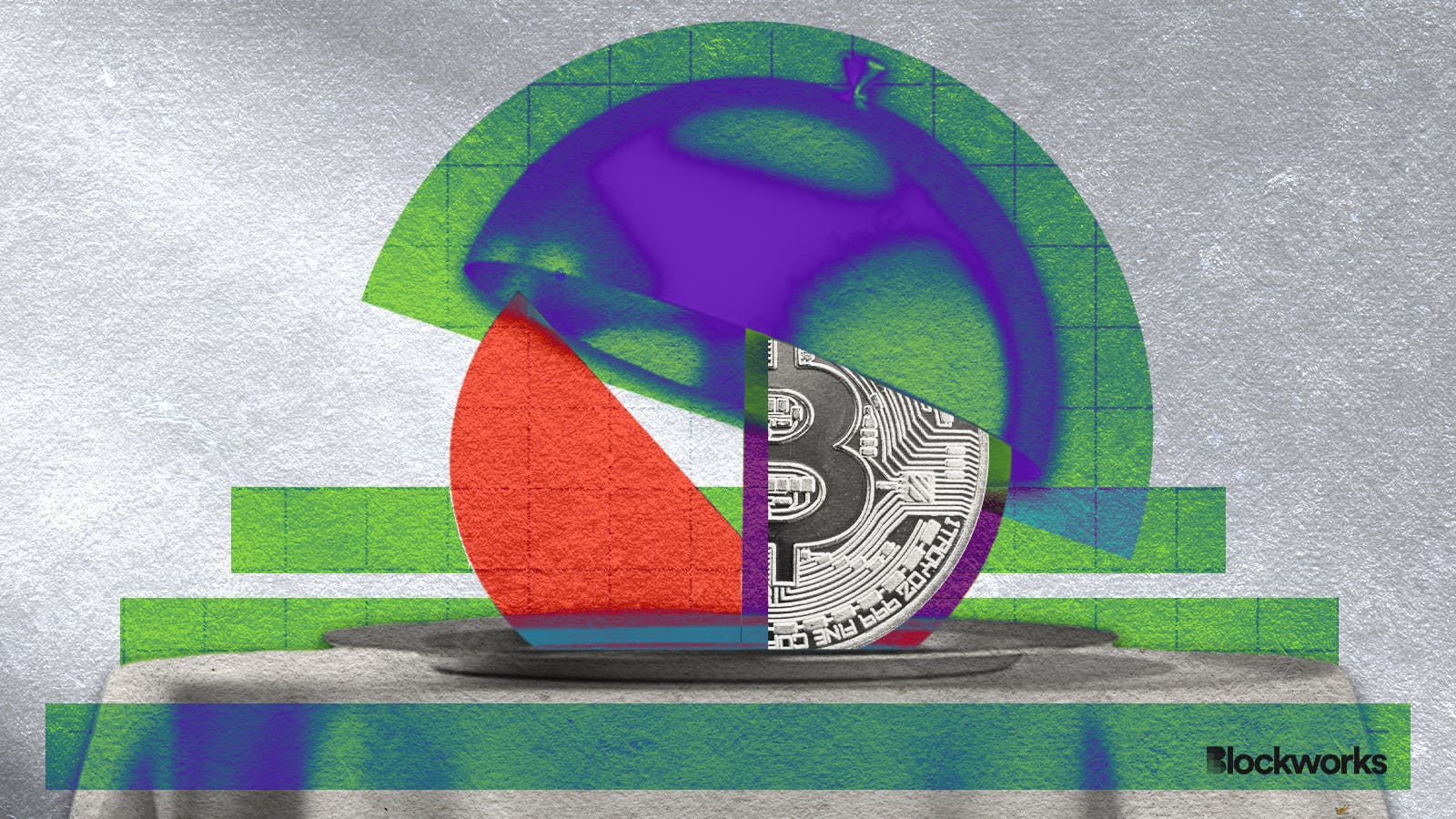Bitcoin’s halving is a major spectacle — that’s the whole point
Satoshi Nakamoto could have chosen a boring issuance schedule. Instead, he imbued bitcoin with a seasonal fireworks display

Artwork by Crystal Le
The Bitcoin halving is imminent.
But even if you know what it is, you may not know why it is.
In our view, the halving exists to make bitcoin interesting — and interesting things attract attention. Bitcoin’s pseudonymous inventor, Satoshi Nakamoto, could have chosen a boring issuance schedule. Instead, he imbued bitcoin with a seasonal fireworks display, commanding attention from an increasingly wide and diverse group of bitcoin users.
Bitcoin famously has a supply cap of 21 million, 1.3 million of which remain unminted. The network will mint these coins through the year 2140 in the same way bitcoins have always been minted.
Satoshi designed the system himself to reward miners who publish new blocks. He could have designed those rewards to hold steady over time with a constant amount per block, say 10. Or he might have designed the rewards to decrease steadily at a constant rate.
Read more: Why is 2140 the end of bitcoin inflation?
Satoshi instead chose halvings. Every 210,000 blocks, the block reward suddenly drops by half. The first 210,000 blocks each yielded 50 new bitcoin to the miner; the next 210,000 blocks yielded 25; and so on. Tomorrow, and for the next four years, each block will yield 3.125 bitcoin.
By their very nature, halvings bring an economic shock, especially to miners. Block 840,0001 will appear roughly ten minutes after block 840,000. But the miner of block 840,000 will earn $400,000 worth of new bitcoin, while the miner of block 840,001 will earn only $200,000 worth of bitcoin — at today’s prices, anyway.
Bitcoin’s volatility owes, in part, to its halving schedule. If demand remains relatively constant despite a sudden drop in newly available bitcoin, bitcoin’s price will likely increase. At least, that’s what has happened historically.
The dollar price of bitcoin increased 5,000% between the first and second halving, from $12.53 in November 2012 to $640 in July 2016; 1,300% between the second and third halving, from $640 in July 2016 to $9,000 in May 2020; and 700% between the third and fourth halving, from $9,000 in May 2020 to $70,000 in April 2024. Of course, bitcoin’s price has also crashed many times during those periods. Like the weather, demand is a fickle thing.
Read more from our opinion section: Bitcoin’s most promising, least dramatic halving is almost here
Halvings also spark discussions about bitcoin’s price volatility in the short term — and price trajectory in the long term. Each halving brings up the same inevitable question, especially considering past wild post-halving price swings: What will we see this time? For weeks now, TV networks have been interviewing CEOs and bitcoin thought leaders about the potential impact that the halving might have on bitcoin’s price.
We think Satoshi anticipated the potential for this kind of frenzy, and deliberately chose the four-year halving cycle to attract attention to bitcoin.
Satoshi was familiar with the idea of global spectacles that happen every four years. The World Cup and the Olympics garner massive attention — especially from people who otherwise rarely watch sports! Would you watch the Olympics annually? Monthly? Not likely. These events garner interest partly because of their rarity. The interval allows for hype, and interest, to build. Networks run specials on the athletes expected to make a splash. Magazines run photo spreads. And when the opening ceremonies finally broadcast, three billion people watch worldwide.
Satoshi was a master promoter. He designed logos, built chat forums and schemed with users on those forums about how to stir up interest in bitcoin. He also designed a system to capture interest by being interesting.
Compare bitcoin to gold. Gold has a global brand earned over millennia. But when’s the last time gold mining caught major headlines? If we mined an asteroid for gold or discovered that we had mined every last nugget — that would capture attention. As things stand, however, gold mining is steady, predictable and unremarkable. Bitcoin is predictable, too. Yet it is predictably unsteady, especially with halvings thrown in, and thus remarkable.
Bitcoin is much younger than gold, with just 15 years since its creation. Yet bitcoin’s quadrennial halving events and corresponding price fluctuations garner headlines worldwide. Interest has snowballed with every halving, as have new users. That’s the goal.
Bitcoin halvings are spectacles, by design. And the design seems to be working. After all, it brought you to this article.
The authors are co-authors of the forthcoming academic book Resistance Money: A Philosophical Case for Bitcoin (Routledge Press).
Andrew M. Bailey is an interdisciplinary teacher and scholar whose work spans philosophy, politics, and economics. He is Associate Professor of Humanities at Yale-NUS College (Singapore).
Bradley Rettler is Associate Professor of Philosophy at the University of Wyoming, and has published peer-reviewed academic articles on metaphysics, philosophy of religion, epistemology, and cryptocurrency
Craig Warmke researches money at the intersection of philosophy, economics, and computer science. He is Associate Professor of Philosophy at Northern Illinois University.
Get the news in your inbox. Explore Blockworks newsletters:
- The Breakdown: Decoding crypto and the markets. Daily.
- 0xResearch: Alpha in your inbox. Think like an analyst.






